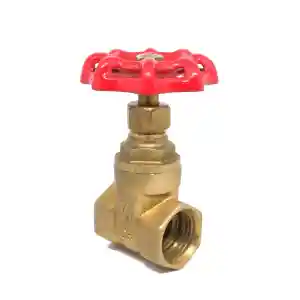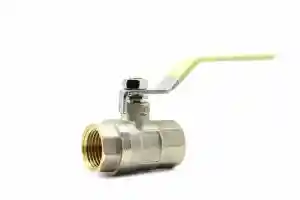
What to Do When Your Water Bill Is 2-3x Higher Than Usual
The amount of water you use in your home varies from month to month, but it usually falls within the same range. And your monthly water bill reflects this range. Some water leaks, however, can go undetected for a while. As a result, an unexpectedly high water bill can be a warning sign that you have an issue.
If your water bill comes in 2-3 times higher than your average amount, follow this process to isolate the issue and determine your next step.
It could be correct
Despite the surprise of a higher bill and the fear of a possible problem, don’t overlook the possibility that the bill is correct.
- If you recently filled a pool or started irrigation in your yard, your high water bill might be accurate.
- It also might be correct if you repaired any leaks in the last 45 days.
Both known uses and repaired leaks can be easy to overlook since the bill for that usage arrives a little while after the water is used.
Locate the water meter box
If you don’t think the bill is correct, locate your water meter box. Your water meter box is usually around 10 feet from the curb near the edge of your property line. It might be hidden around some bushes, but it shouldn’t be hard to locate.
When you open the box, you will be looking for the face of the water meter.
On the face of the meter, there should be a small symbol, often a triangle or a circle with spokes, that’s specifically for indicating a leak. If you have a leak, the symbol should be spinning.
Not Spinning
If the symbol is not spinning, you’re not currently losing water. Your higher water bill could be from an isolated incident, such as a hose that was left on.
Additionally, you might have an intermittent leak, which is likely a bad flapper on your toilet. For diagnosing and replacing a toilet flapper, see How to Fix a Running Toilet.
Then just keep an eye on your bill. Your higher bill was likely a one time event.
Spinning
If the leak detection symbol on your water meter is spinning, you have a leak. It will likely be spinning slowly.
If you want, you can try and isolate the leak. Or you can go ahead and call us at 770.560.1792.
Two Different Valves
Once you locate the main water line, you’ll find one of two valve types: a gate valve or a ball valve. One of these valves is significantly better than the other, so it’s worth noting the differences.
Gate Valve
If you have a gate valve, you might be better off not trying it.
- A gate valve has a handle you keep turning until it closes.
- Gate valves have more parts that can break, and older ones can break easily.
In addition, the shutting-off process, where a gate descends into the pipe, makes it difficult to know when it’s turned off completely. Some water could still be coming through even when you think it’s turned off.

Ball Valve
A ball valve is more reliable and easier to use.
- You don’t have to guess when the water is turned off.
- If your main water line is controlled with a ball valve, a simple quarter turn will shut off your water.
If your water line has a gate valve instead, you will want to upgrade to a ball valve at some point.
A ball valve will give you more control over your main water line and the peace of mind that you can turn your water off completely in an emergency and avoid damage to your home.

Back to the meter
Once you have the water turned off in your house, check the meter again. If the meter is no longer spinning, the leak is inside your house. It’s probably a toilet. A dripping faucet will not lose enough water to double your water bill. For your toilets, the first place to look is the fill valve.
If the meter is still spinning, then you have a leak in your service line. You can look for any wet spots in your yard or running spigots. But at that point, you don’t have to locate the leak. You can go ahead and call us at 770.560.1792 and we can locate and repair the leak.





